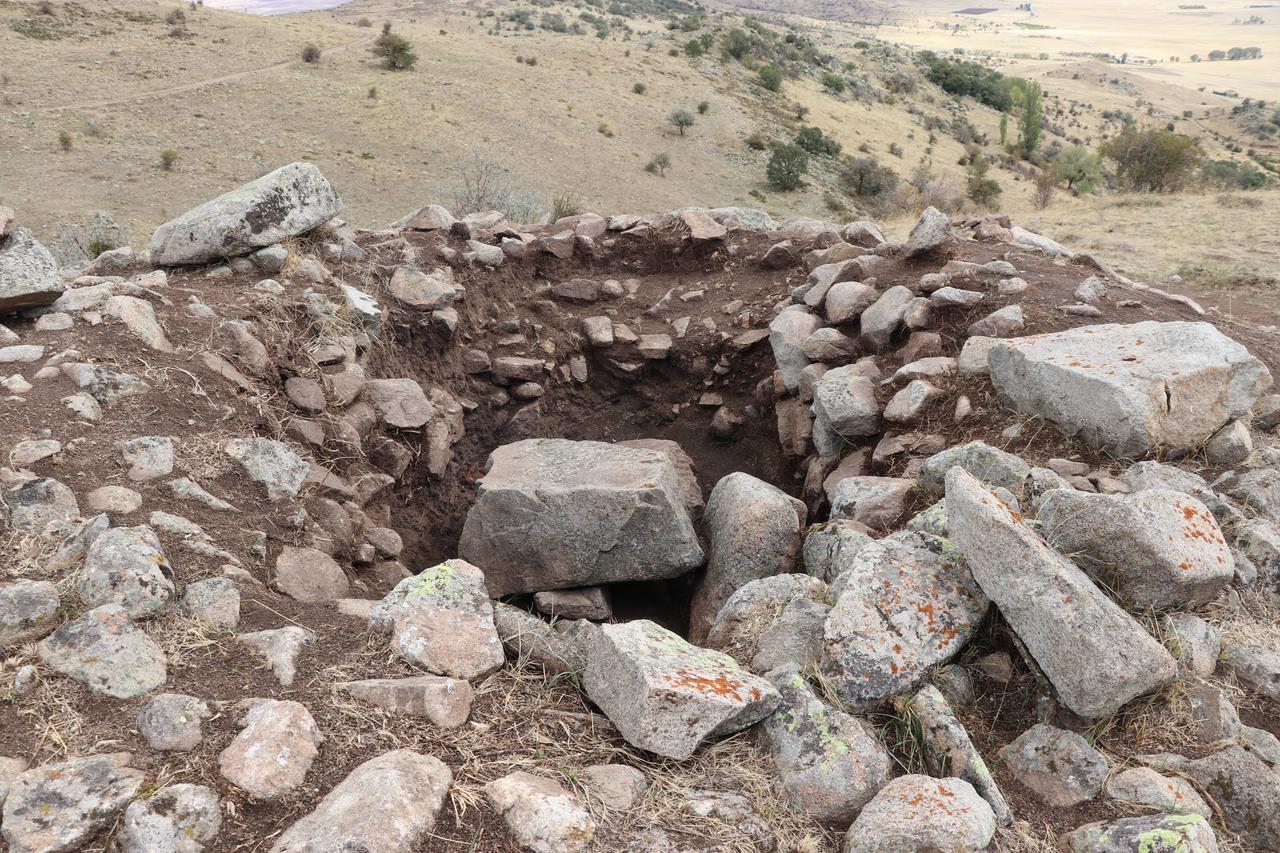
Yozgat’s Sorgun district hosts a new round of excavations at Kerkenes (the ancient city of Pteria), where a team has identified damaged graves that may connect with the kurgan-type mound-burial tradition and could, pending analysis, point to Proto-Turk presence in Anatolia during the late Iron Age.
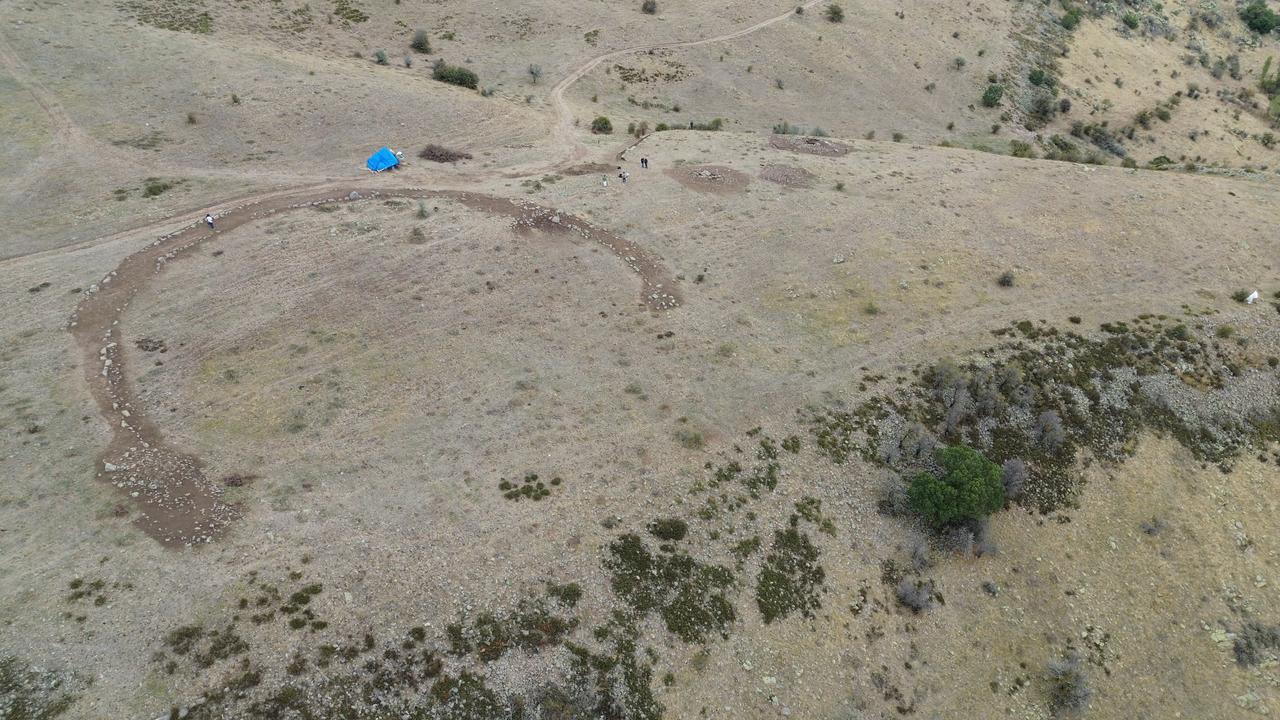
Under the Ministry of Culture and Tourism’s “Heritage for the Future” project and led by Professor Sevket Donmez of Istanbul University, a roughly 20-person team is carrying on work both at Keykavus Castle and at a location locally called the “Turkmen cemetery.”
Earlier seasons brought to light substantial stretches of fortification walls, two towers, and a curtain wall at the castle, and this year the team chose to zero in on the cemetery zone after seeing that some significant grave structures had been disturbed.
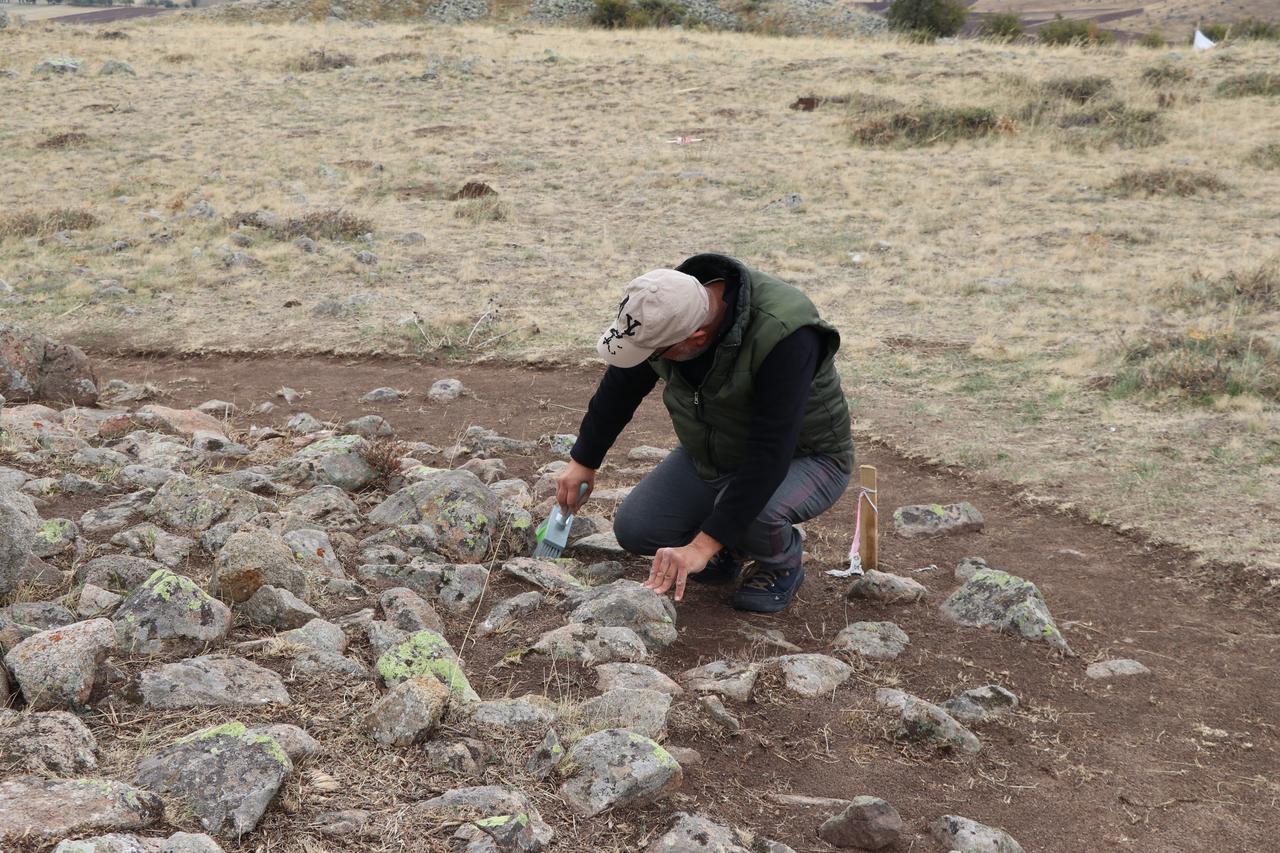
Initial work in the cemetery has flagged up destroyed graves and open-air sacred areas associated with them. Researchers note that these graves appear to tie back to the kurgan-type, mound-burial practice.
For international readers, the article uses “Proto-Turks” as a term in Türkiye for early, Turkic-related groups referenced in this context; “kurgan” refers here to the mound-burial form mentioned by the team. At the same time, investigations at Keykavus Castle are set to build on previous finds from the Byzantine and Seljuk periods.
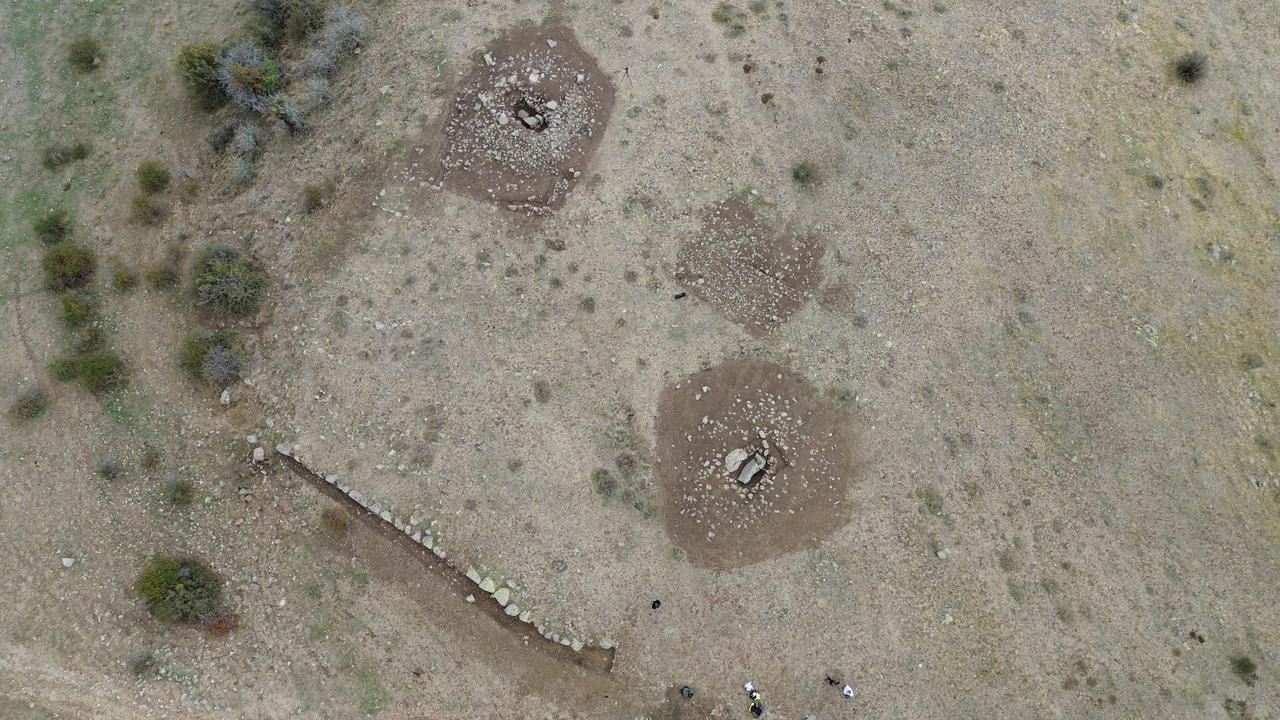
Professor Donmez said the season began on August 19 and has been moving at a pace. He noted that the cemetery work aims to look into phases that came after the site’s primary occupation, adding that researchers are “investigating a period belonging to the end of the Iron Age.”
He underlined that the team has not yet reached fine-grained chronological detail, even though several grave complexes and related sacred spaces have already been mapped.
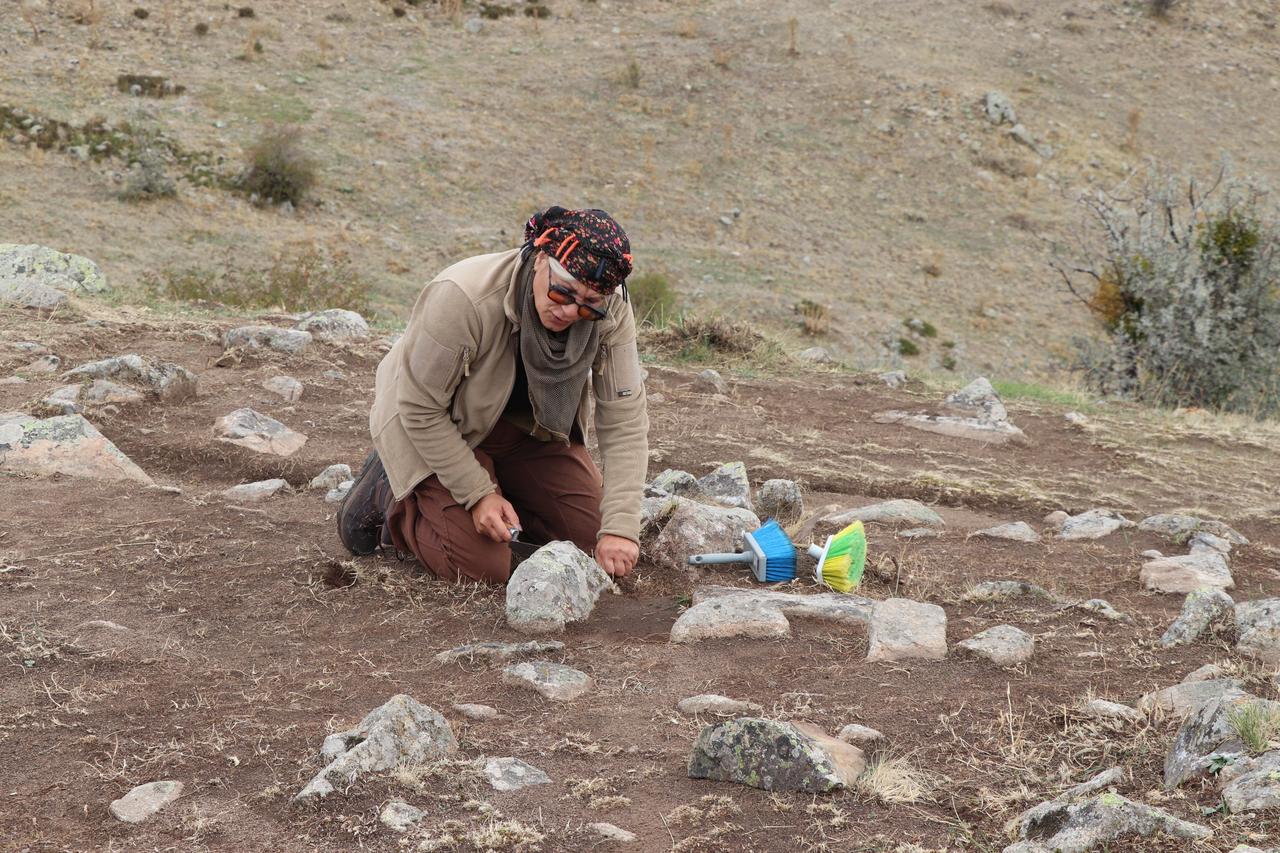
Linking the disturbed graves to Proto-Turks remains a working hypothesis, and the team stresses the need to finish the season and run dating methods before making any definitive statement. As Prof. Donmez put it, “However, for these to become clear, for an objective determination to be made and announced, the excavation work must at least be completed this year and all details shared with the public.”
Looking ahead, he added that “when the 2025 Kerkenes Mountain Coordinated Excavation Presidency studies are completed, it is highly likely that the Proto-Turk finds and remains regarding the Turkish presence in Anatolia will be seen to go back to the Iron Age,” while also noting that confirmation will depend on laboratory results and further evidence.